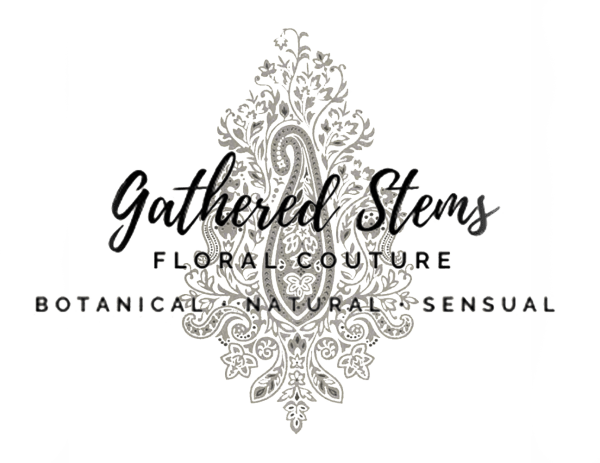This week, we’re buzzing with excitement about creating a pollinator-friendly garden. Not only do these gardens support vital pollinators, but they also bring vibrant colors and life to your space. Let’s dive into how you can create a haven for bees, butterflies, and other pollinators in your garden!
Why Pollinator-Friendly Gardens?
Pollinators like bees, butterflies, and hummingbirds play a crucial role in our ecosystem. They help plants reproduce by transferring pollen, leading to the production of fruits, seeds, and more plants. By creating a pollinator-friendly garden, you're supporting biodiversity and helping to sustain our food supply. Plus, who doesn't love watching these little visitors flutter about?
Plant a Variety of Flowers
Diversity is key! Plant a variety of flowers that bloom at different times to provide a continuous food source for pollinators.
Lavender: Loved by bees for its fragrant, nectar-rich flowers.
Sunflowers: A favorite for bees and birds alike.
Coneflowers: Attracts butterflies with its vibrant blooms.
Bee Balm: A magnet for bees, butterflies, and hummingbirds.
Marigolds: Bright and cheerful, perfect for attracting various pollinators.
Create Habitat Zones
Bee Hotels:
Provides nesting sites for solitary bees.
Butterfly Houses:
Offer safe spaces for butterflies to rest and lay eggs.
Piles of Rocks or Logs:
These can offer shelter for a variety of insects.
Avoid Pesticides:
Pesticides can be harmful to pollinators. Opt for organic gardening methods and natural pest control solutions. Encourage beneficial insects that prey on garden pests to keep your plants healthy without the need for chemicals.
Provide Water Sources:
Pollinators need water to drink and cool down. Provide shallow water sources like bird baths or shallow dishes with pebbles. This allows insects to land safely while they drink.
Plant in Clusters:
Group the same types of plants together in clusters. This makes it easier for pollinators to find and access the flowers. Large patches of color are more attractive to pollinators than single plants scattered throughout the garden.
Go Native:
Native plants are adapted to your local environment and are more likely to thrive with less maintenance. They also provide the best food and habitat for local pollinators. Check with local nurseries for native plant options.
Fun and Engaging Activities:
Pollinator Watch:
Keep a journal of the different pollinators you see in your garden.
Create Pollinator Crafts:
Host a Garden Party:
Invite friends and family to enjoy your beautiful pollinator-friendly garden.
Creating a pollinator-friendly garden is not only beneficial for the environment, but it also makes your garden a vibrant, lively place. So, get planting and enjoy the buzz of life that follows!
Happy Gardening!
#CheerfulBouquets, #FlowerDeliveryReston, #FlowerDeliveryGreatFalls, #FlowerDeliveryOakton, #FloralFrenzy, #FlowerDeliverySterling, #GatheredStems, #FlowerDeliveryVienna, #FlowerDeliveryArlington, #FlowerDelivery, #FlowerDeliveryMcLean, #BlossomBliss, #FloralDelights, #FlowerDeliveryOakHill, #FlowerDeliveryHerndon, #FlowerFiesta, #FlowerDeliveryFairfax, #FlowerDeliveryChantilly, #ColorfulArrangements, #PetalPlaytime, #FlowerDeliveryAshburn, #JoyfulBlossoms, #FloralFiesta, #FunFlowers, #LocalFlorist, #PetalsParty, #BloomBoom, #EngagingBlooms, #HappyFlorals, #BloomAndGlee


